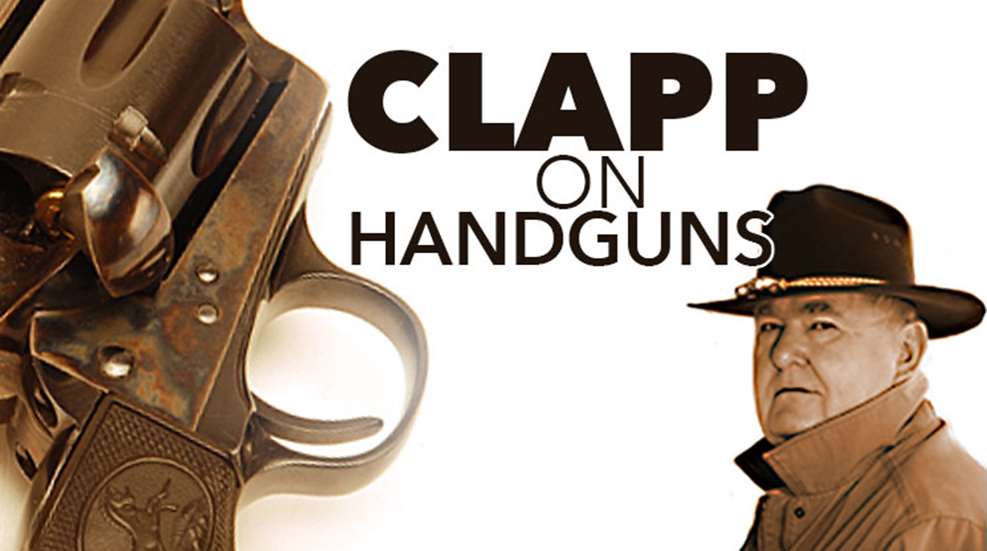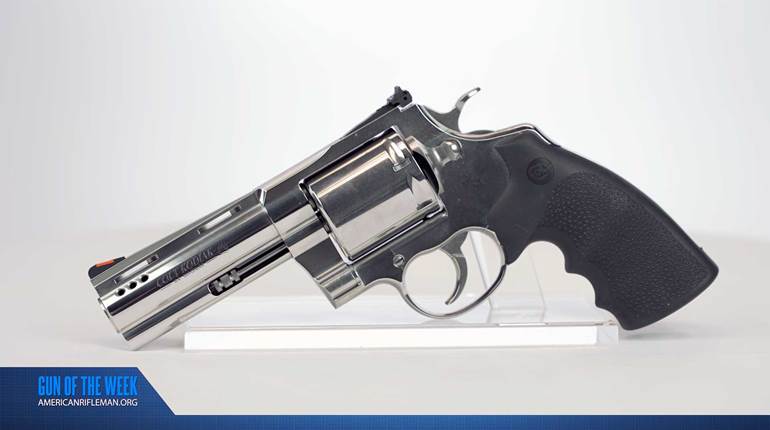
In these days of nine new nines every nine minutes (or so it seems), it is well to reflect back to when the 9 mm Parabellum cartridge started with the Luger Pistol at the beginning of the 20th century.
Originally designed for a hot little 7.65 mm round, the Luger was one of Germany’s great firearms, used in both World Wars. By 1950, Americans were all-too-familiar with 9 mm bullets coming their way. Even Army Ordnance had an interest in the 9 mm round and there were rumors of replacing the venerable Colt .45 with a new 9 mm pistol.
Rumor became fact in 1950, when Colt came out with a revolutionary aluminum-framed, shorter-barreled auto of the 1911 style. The Colt Commander was in 9 mm (they hedged their bets with versions in .45 and .38 Super) and was instantly popular.
Four years later, Smith & Wesson introduced an even more revolutionary pistol dubbed the Model 39. Another full-size auto with aluminum frame, the M39 borrowed a Walther-like DA/SA trigger system from the German P38. In 1971, they introduced the S&W Model 59, which literally grafted the double-column magazine of the Browning Hi Power to the DA/SA trigger Model 39. The rest is history and the stuff of thousands of gunzine articles in the era that gunwriter Bob Shimek dubbed “The Wondernine Wars.”
Smith & Wesson went through first, second and third Generations of metal 9 mm pistols, then the Sigma and a brief dalliance with exotic Walthers. Over that period of time, many other makers did likewise. Today, the 9 mm Parabellum sells in greater quantity than any other center-fire pistol cartridge. That’s because there are so many guns chambered for that caliber.
In the time following World War II, America was revolverland, at least in police and civilian circles. But we discovered the efficiency and versatility of the 9 mm cartridge, as well as the bodacious numbers of the little buggers that can fit in a self-loader’s magazine. Nothing will ever be the same again.





































